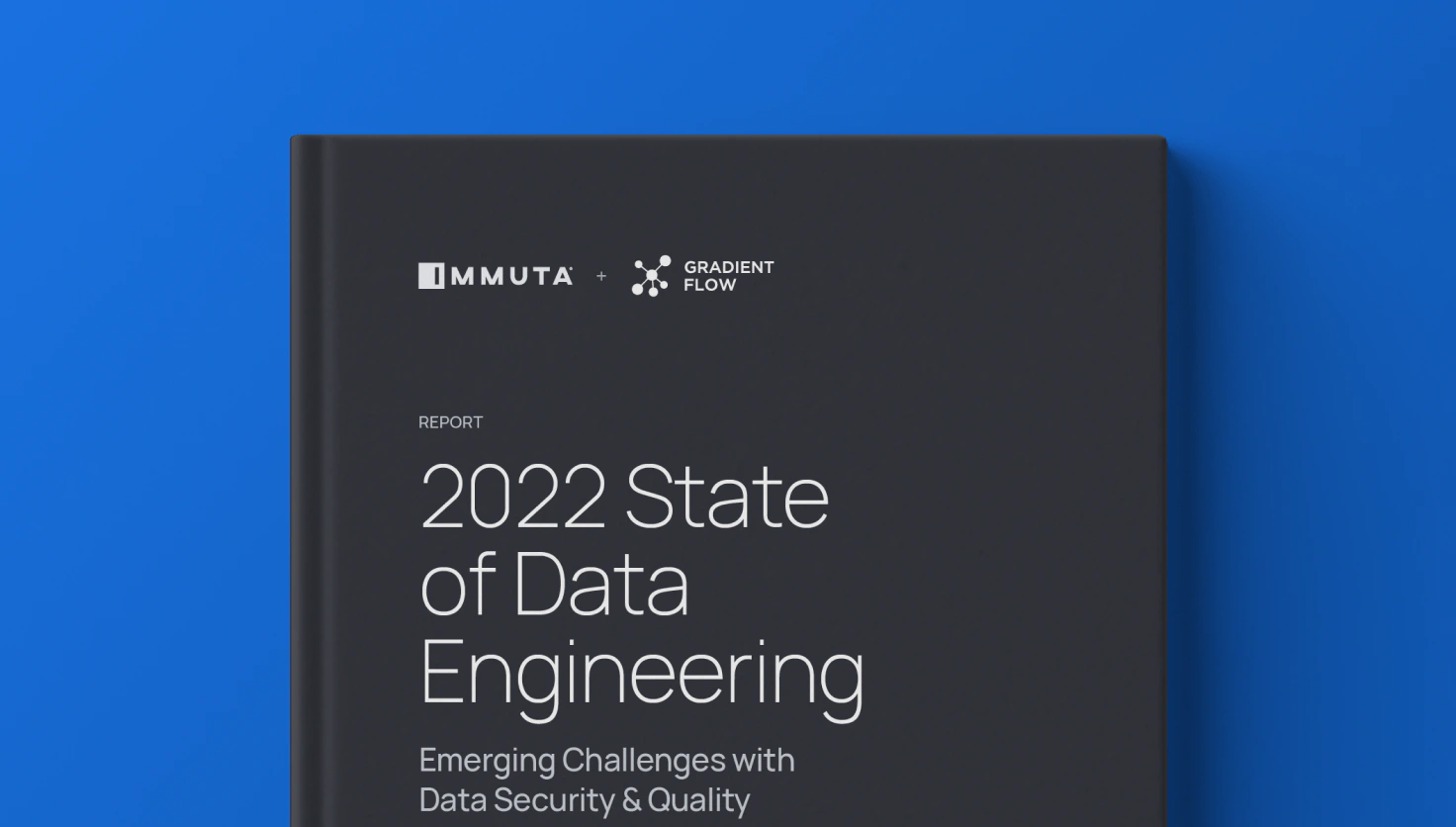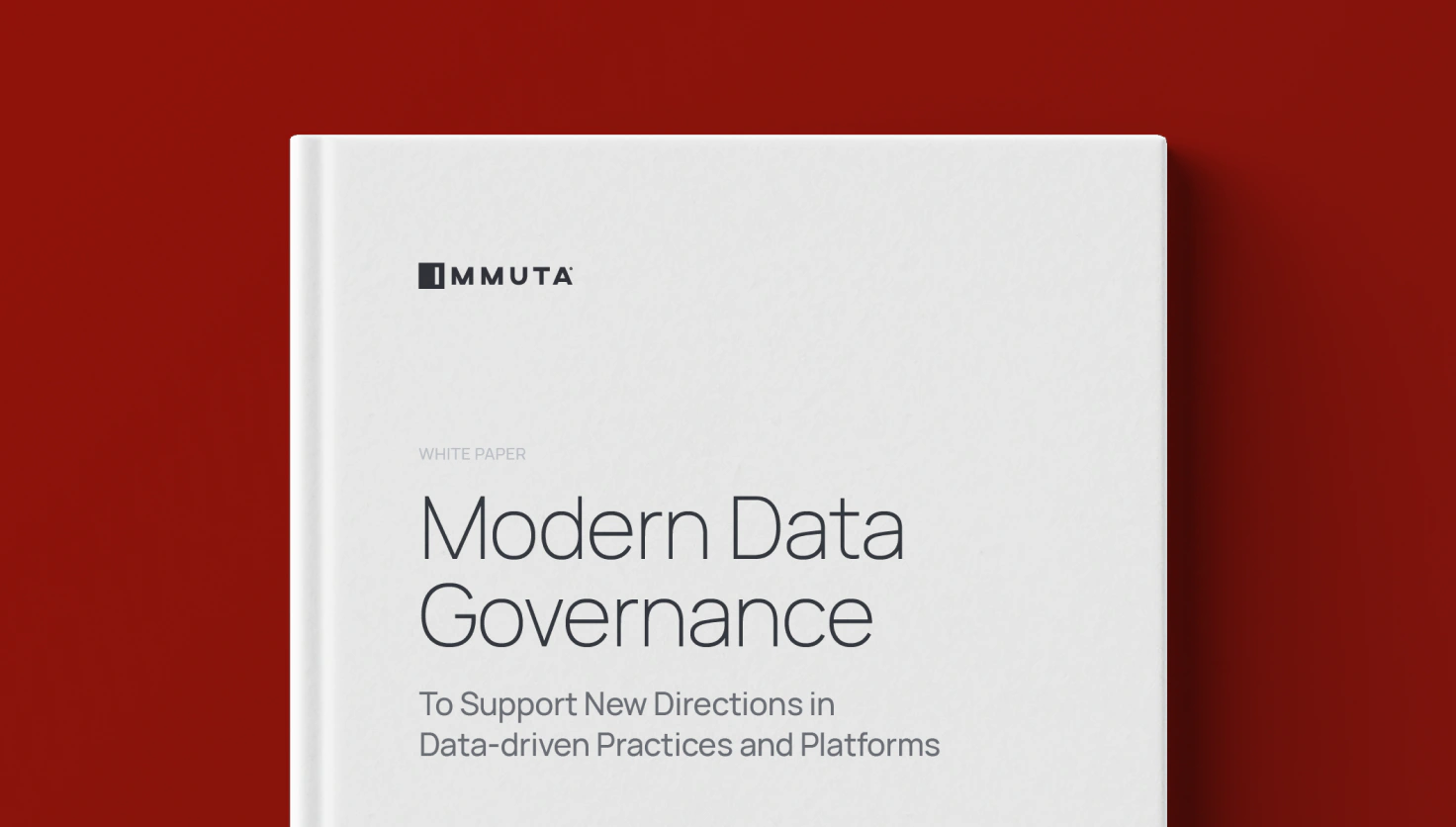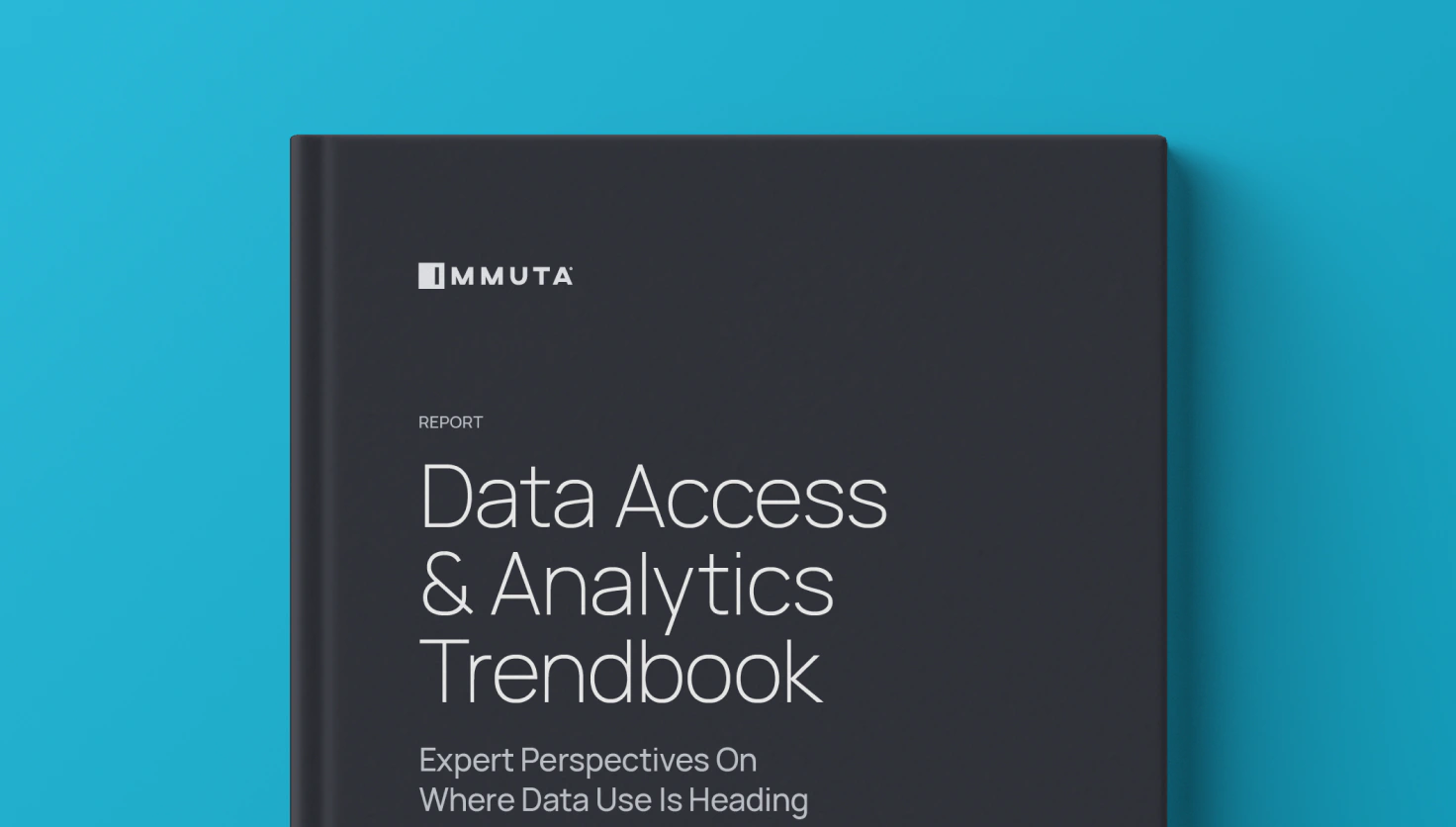
Emerging Challenges with Data Security & Quality
Organizations have been investing in data science, analytics, and BI resources and tools for years to reap the benefits of data-driven decision-making. But as sensitive data use has become more common – and even expected – and data rules and regulations expand and evolve, new challenges have emerged that threaten to hinder data pipelines and results.
We asked data leaders, architects, engineers, and consumers about the trends they’re seeing, challenges they face, and what they expect for the coming years. In this report, you’ll learn:
- The most and least challenging tasks that data engineers face with data pipelines
- Why the modern data landscape and data use are causing new challenges to emerge, including dynamic data masking and data discovery
- The top cloud data platforms that data teams are adopting to maximize their data’s value

